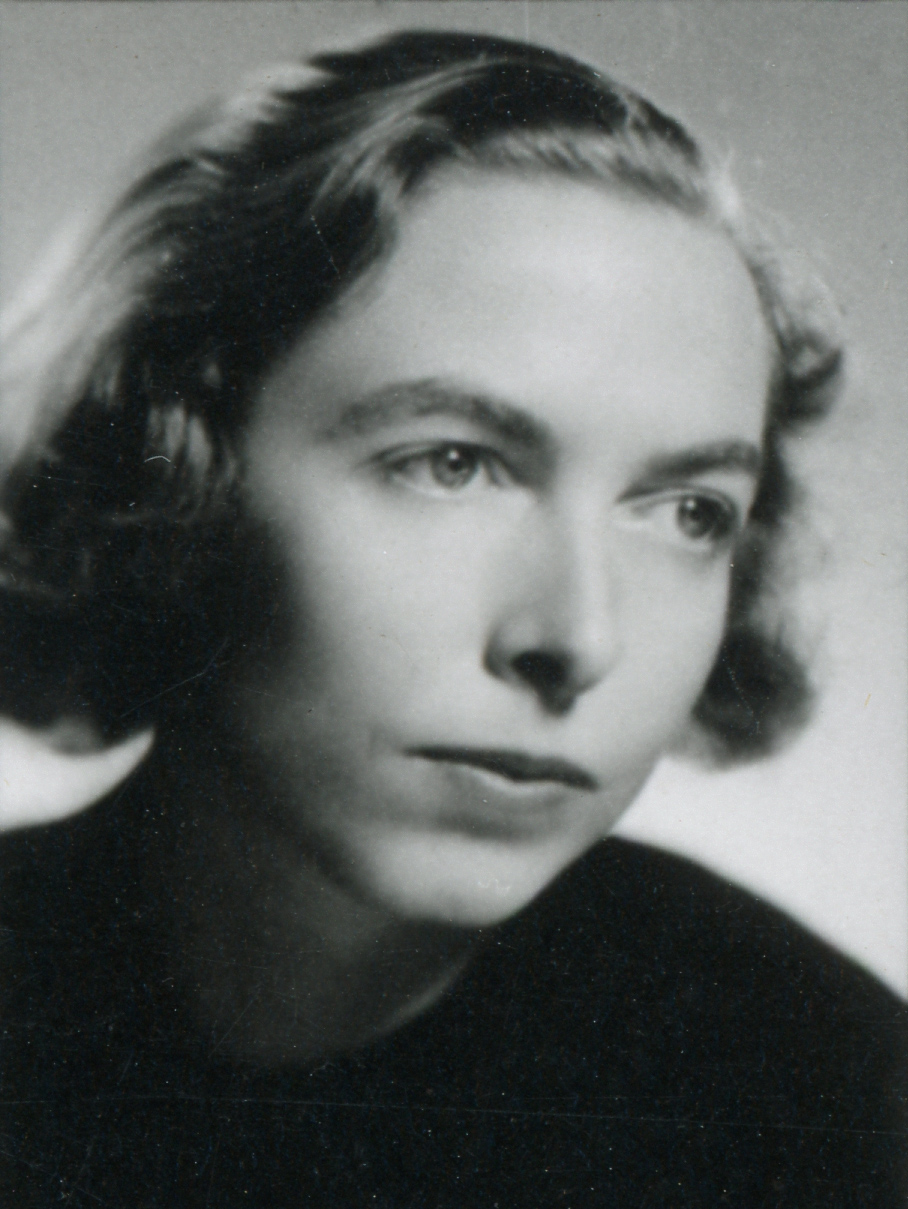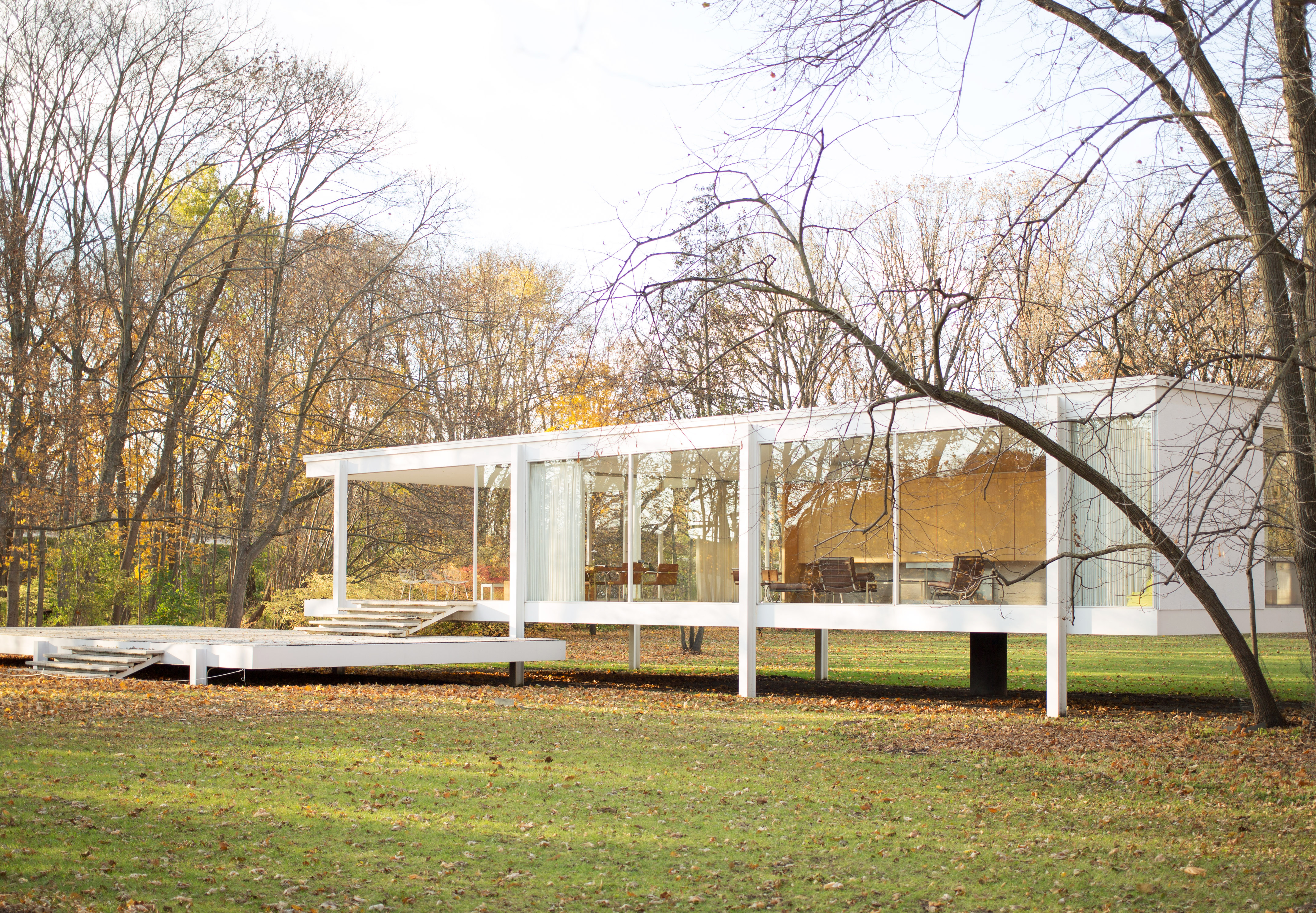Edith Farnsworth, MD, 1903-1977
By Emma Florio, Archives & Research Specialist
.jpg) |
|
Farnsworth’s medical school class of 1938 portrait. From Galter Special Collections.
|
Edith Brooks Farnworth was born on November 17, 1903, into an affluent Chicago family. At a young age, she became interested in music and languages, as well as science. She studied both literature and zoology at the University of Chicago and later studied violin performance and theory at Chicago's American Conservatory of Music. She continued her musical studies in Italy, where she also developed a love for Italian language and literature that would continue throughout her life.
Although she contemplated a career as a concert violinist, Farnsworth instead chose to become a physician. She enrolled in Northwestern University Medical School (NUMS) in 1934, at age 30. At this time, NUMS, like many medical schools, had a strict quota on how many women could enroll—Farnsworth was one of only four women in her class. She completed an internship at Chicago’s Passavant Hospital (forerunner of Northwestern Memorial Hospital) and earned her MD in August 1939. She went on to earn an MS from Northwestern in 1941 with the thesis “Studies in Endocrine Relations in the Toxemias of Pregnancy.”
Farnsworth, a specialist in nephrology, taught at NUMS for nearly 30 years, advancing from Clinical Assistant in Medicine to Assistant Professor by the early 1950s. During that time, she served on staff at Passavant Hospital, where she sought a cure for nephritis, life-threatening inflammation of the kidneys, in her own research lab. In 1948, she made national headlines as the first person to use the recently discovered adrenocorticotropic hormone (ACTH) to treat nephritis and nephrosis, the latter of which causes excess protein in urine. She published articles throughout the 1940s and ‘50s on topics including kidney disease, its effects on hypertension and congestive heart failure, and the treatment of edema.
%20-%20Copy.jpg) |
|
Exterior view of Edith Farnsworth House in 2013. Via Wikimedia Commons. |
While Farnsworth was busy with her pioneering research in the late 1940s, she was also heavily involved in the project for which she is best remembered today: the Edith Farnsworth House, her weekend home 60 miles southwest of Chicago in Plano, Illinois. In 1945, she had met Ludwig Mies van der Rohe, the world-famous architect who was then the head of architecture at Chicago’s Illinois Institute of Technology. With her interest in the arts and her commitment to the type of experimentation she used in her medical research, Farnsworth embraced Mies’s revolutionary modern design and commissioned him to build his first house in the United States. Newspapers at the time called the home, with its steel beams and all-glass exterior, “radically modern” with an “extreme futuristic design.”¹ It has since been hailed as one of the most significant works of modern architecture.²
As Farnsworth House neared completion in 1951, Mies and Farnsworth began a highly publicized dispute over payment, with Mies suing Farnsworth for unpaid fees and Farnsworth countersuing him for fraud and deceit, alleging he misled her into paying nearly twice the original price. Finally, in 1953, Farnsworth was ordered to pay Mies part of the fees he sought. These trials disillusioned Farnsworth with the project and brought unwanted notoriety to the house, which she had intended as a quiet retreat. The construction of a highway within 200 feet of the home in the late 1960s was the final straw; she began negotiations to sell the house in 1968, finally doing so in 1972.
After retiring from medicine, Farnsworth moved to a villa near Florence, Italy, and began a new career as a translator of Italian modernist poetry, drawing on her experiences in Italy as a young woman and on her own interest in writing poetry. She died there in 1977 and was buried alongside her family in Chicago’s Graceland Cemetery. Her legacy lives on in the Edith Farnsworth House, which was purchased by the National Trust for Historic Preservation in 2003 and is now run as a museum.
Endnotes
1. “Architect Sues to Recover Unpaid Fee for Building House,” Clinton Daily Journal and Public (Clinton, IL), Oct 30, 1951.
2. Soller, Kurt and Michael Snyder, “The 25 Most Significant Works of Postwar Architecture,’ New York Times, Aug. 2, 2021.
Selected References
“Ex-owner of Mies-created Farnsworth House dies.” Chicago Tribune, Dec. 14, 1977.
Wendl, Nora. “Edith Farnsworth, Reconsidered.” July 1, 2020. Video recording, 38:10.
Updated: September 10, 2025